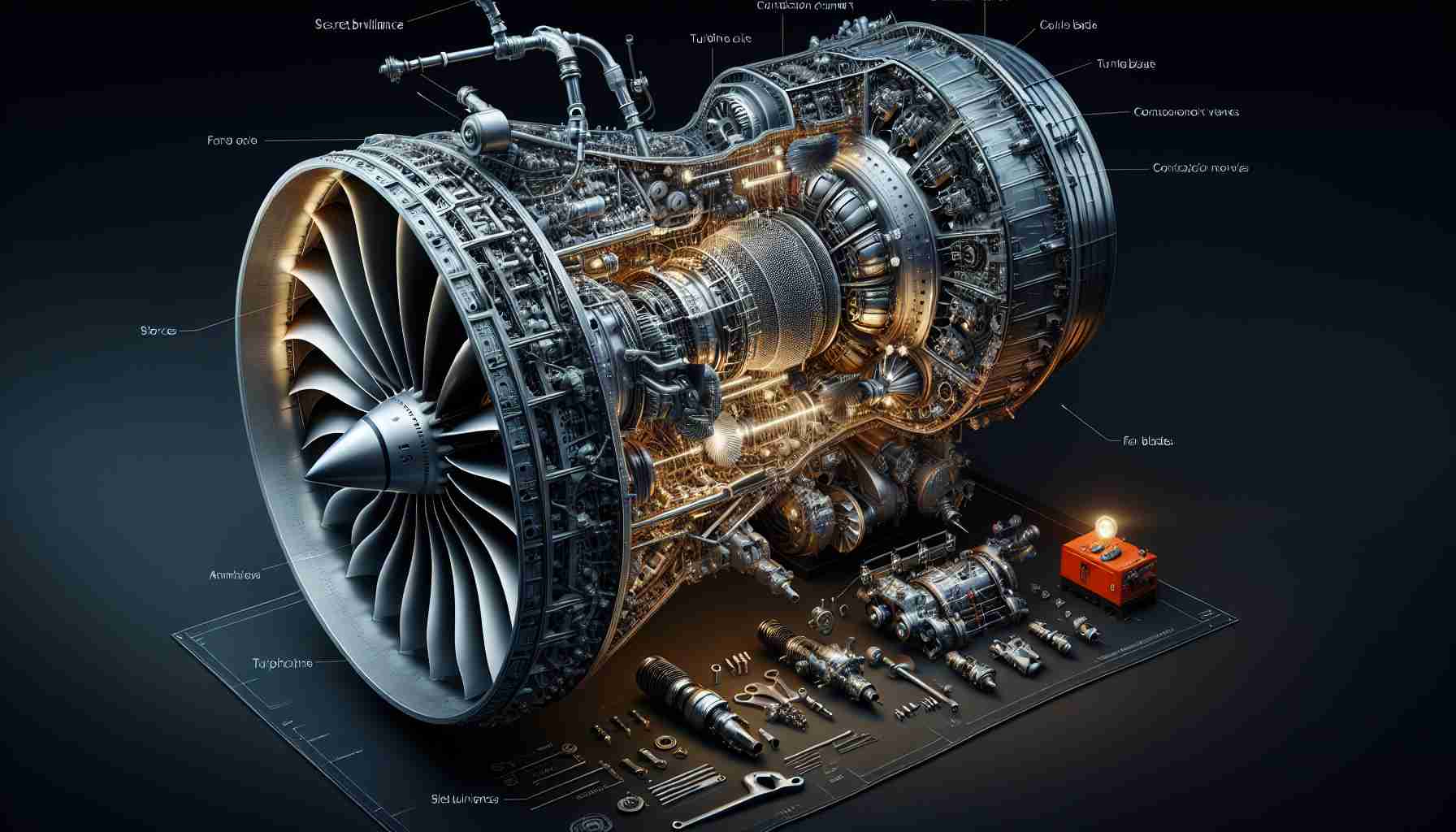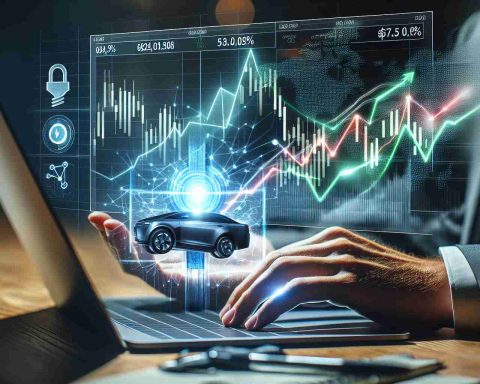Charging Made Easy for the Ioniq 5
The Hyundai Ioniq 5 showcases remarkable charging capabilities, replenishing its battery from 10% to 80% in just 20 minutes when connected to 350-kilowatt chargers. For the 2025 model year, Hyundai has integrated the North American Charging Standard (NACS) port into the Ioniq 5, enabling direct compatibility with Tesla Superchargers across the U.S., which could significantly boost its sales.
In 2024, this electric vehicle ranked as the fourth best-selling in America, with over 44,000 units sold. The transition to a NACS port signals a pivotal move in improving the accessibility of charging stations, a crucial factor for wider electric vehicle adoption. Major automakers are now equipping their models with this standard, allowing users to benefit from Tesla’s extensive charging network.
To compare performance, charging tests conducted by Out of Spec Reviews revealed the Ioniq 5 and Tesla Model 3 charging side by side. Despite the Model 3 achieving a higher peak output, the Ioniq 5 maintained a stable charging rate and completed the charge to 80% slightly faster overall, even with some interruptions.
While the Ioniq 5 shows great potential for speedy charging, concerns remain about the consistency of the experience at Supercharger stations compared to Tesla vehicles. Nonetheless, owners will find an expansive network of charging options available, setting the stage for an exciting future in EV travel.
Broader Implications of the Ioniq 5’s Charging Innovations
The introduction of fast-charging capabilities in the Hyundai Ioniq 5, especially with the integration of the North American Charging Standard (NACS), holds profound implications for society and the global economy. As electric vehicles (EVs) become more mainstream, improved charging accessibility is a significant step toward reducing range anxiety, one of the primary barriers to EV adoption. This shift not only encourages consumers to make the switch from gasoline-powered vehicles but also stimulates infrastructure investments, defining a more interconnected transportation ecosystem.
With over 44,000 units sold in 2024, the Ioniq 5’s popularity indicates a burgeoning market shift that could reshape automotive trends. As more manufacturers adopt NACS, we may witness a wave of collaborative frameworks across industry competitors, leading to improved charging infrastructure nationwide. This move towards interoperability could strengthen the EV sector, driving down costs and fostering a competitive market that benefits consumers.
However, the environmental implications of this shift cannot be overlooked. Increased adoption of electric vehicles like the Ioniq 5 could significantly lower carbon emissions, especially if coupled with a transition to renewable energy sources for electricity generation. Looking ahead, a sustained commitment to innovation in charging technology will likely pave the way for accelerated growth within the EV market, making electric vehicles a cornerstone of sustainable transport solutions globally. In this light, the long-term significance of the Ioniq 5 may extend beyond its individual sales, positioning it as a catalyst for an eco-conscious shift in transportation culture.
Revving Up the Future: Discover the Ioniq 5 Charging Revolution!
Charging Made Easy for the Ioniq 5
The Hyundai Ioniq 5 is emerging as a game-changer in the electric vehicle (EV) market, thanks to its impressive charging capabilities. With the ability to recharge its battery from 10% to 80% in just 20 minutes when connected to 350-kilowatt chargers, it is attracting attention from both buyers and industry experts.
Key Features of the Ioniq 5
1. NACS Integration: For the 2025 model year, the Ioniq 5 will be equipped with the North American Charging Standard (NACS) port, enhancing its compatibility with Tesla Superchargers. This significant upgrade ensures that Ioniq 5 owners can tap into Tesla’s extensive charging infrastructure, which is critical for long-distance travel.
2. Sales Performance: In 2024, the Ioniq 5 solidified its position in the market as the fourth best-selling EV in the United States, achieving sales of over 44,000 units. This surge in popularity underscores the growing acceptance of electric vehicles among consumers.
3. Stable Charging Experience: Recent comparisons between the Ioniq 5 and the Tesla Model 3 conducted by Out of Spec Reviews highlight the Ioniq 5’s unique strengths. While the Model 3 can achieve a higher peak charging output, the Ioniq 5 is noted for its stability throughout the charging process, completing the 80% charge slightly faster, even with minor interruptions.
Pros and Cons
Pros:
– Rapid charging capability significantly reduces downtime.
– Compatibility with Tesla’s vast Supercharger network due to NACS implementation.
– Strong sales performance indicates rising consumer interest and reliability.
Cons:
– Potential inconsistencies in charging experience at Supercharger stations when compared to dedicated Tesla vehicles.
– The performance may vary depending on the charging station regulations and conditions.
Insights and Predictions
The shift to adopting the NACS is a strategic one, potentially leading to greater market adoption of the Ioniq 5. As other automakers begin to follow suit, the EV landscape is likely to see a more standardized charging experience, increasing overall consumer confidence in electric vehicles.
Sustainability and Market Trends
Hyundai’s efforts with the Ioniq 5 reflect a broader trend toward sustainability in the automotive industry. Electric vehicles are becoming increasingly crucial in reducing carbon emissions and achieving cleaner air, especially as more states push for policies supporting EV infrastructure and incentives. The Ioniq 5 is at the forefront of this transition, showcasing how modern vehicles can be both environmentally friendly and convenient.
Pricing and Availability
The Hyundai Ioniq 5’s pricing remains competitive within the EV market. It offers various trim levels, catering to different budgets and preferences, ensuring that a broader range of customers can find a suitable option.
As the demand for electric vehicles continues to rise, the Hyundai Ioniq 5 stands out not just for its impressive specifications but also for its accessibility features and network compatibility. Its integration with the Tesla Supercharger network and impressive charging capabilities set it apart in an increasingly crowded EV market.
For more insights on electric vehicles, visit Hyundai.














